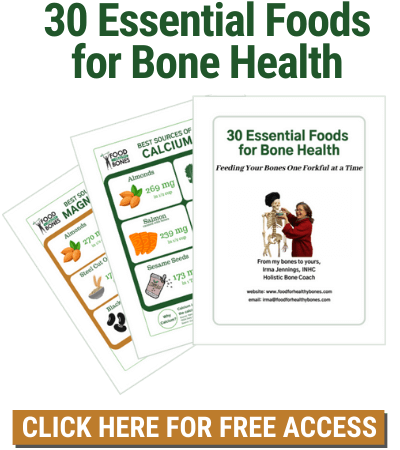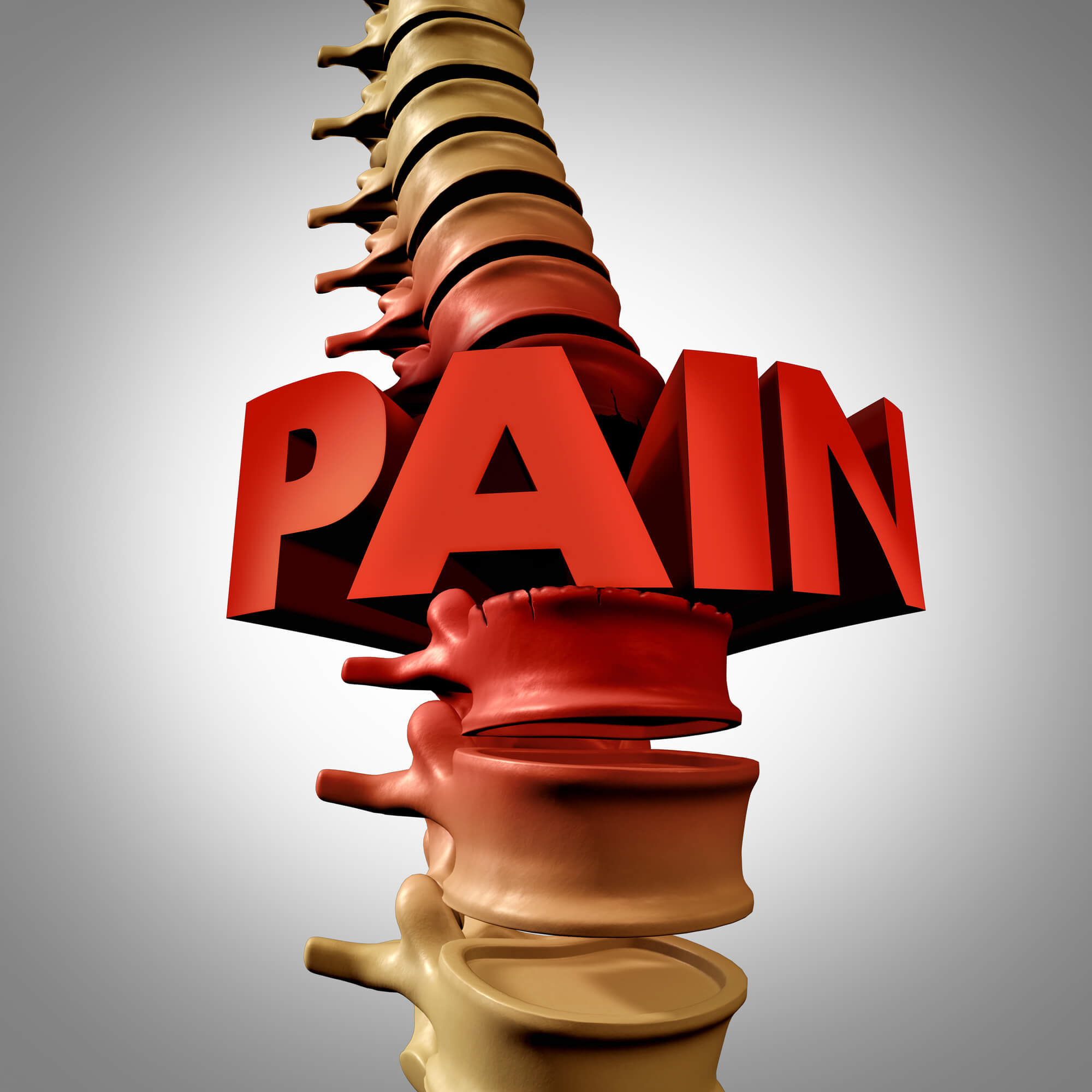Bone Health and Fractures – Food for Healthy Bones
Article reposted with permission from Dr. Lani Simpson: https://lanisimpson.com/blogs/news

Article Summary:
• Fractures can be a sign of poor bone health, although they are common.
• Bones are living tissues that require a balance of resorption and formation to remain healthy.
• Factors that can contribute to poor bone health include age, gender, genetics, diet and lack of physical activity.
• Osteoporosis is a common condition that can lead to weakened bones and an increased risk of fractures, especially in older women.
• Maintaining good bone health throughout life is important to prevent fractures and other bone-related problems.
• Tips for maintaining good bone health include getting enough calcium and vitamin D, doing weight-bearing exercises, and avoiding smoking and excessive alcohol consumption.
• Regular bone density examinations can help assess the risk of fractures.
Trauma fractures
Fractures and bone health. Trauma fractures result from the direct, physical impact of an event, such as falling off a ladder, being injured in a car accident, or falling while playing pickleball.
Unlike osteoporosis-related fractures, trauma fractures are not necessarily associated with an underlying weakness in the bones. They occur because the bones cannot withstand the amount of force placed on them by the trauma event. Doctors and patients must determine whether or not bone health contributed to the extent of the fracture.
The fact that there was trauma does not necessarily mean that the bone is healthy.
In short
if you have significant fractures, you should have a bone density test (DXA).
Of course there are gray areas. Osteoporosis can predispose some people to breaking a bone with less trauma than would be expected. It is important to find out the details of activities or life events that result in broken bones and health problems. This information can influence medical decisions and life activities.
Stress fractures
Stress fractures are generally classified into the trauma category due to the repetitive pounding of an activity. For example, running causes physical stress that can cause hairline fractures over time. But a stress fracture can also be an alarm signal for low bone density or poor bone quality (TBS test). It’s one thing if a stress fracture occurs in someone training for and running a marathon. There may be other problems if it happens after a long walk.
Not always visible
Stress fractures are not always visible on X-rays. An MRI or CT scan may be required for confirmation. Seek this type of examination if it appears that the affected area has not healed after three to four weeks. If you or someone in your life is experiencing repeated stress fractures (or a fracture that appears to be of questionable origin), consider having a precision bone density test (DXA) to further investigate the problem.
Insufficiency Rupture
Please note: ‘Insufficiency fracture’ is a term you may encounter in medical reports. These are only seen in severe bone cases. Insufficiency fractures, sometimes called a ‘subtype’ of a stress fracture, can occur without any trauma. These fractures occur due to loss of trabecular (porous) bone and are “caused by normal or physiological stress on weakened bone.” In other words, the bone is so weak that it can collapse from the mere strain of body weight. Insufficiency fractures are only seen in extreme cases of osteoporosis or other bone pathology.
Osteoporosis-related fractures
Several terms are used to identify fractures caused by or associated with osteoporosis. This can be confusing when talking to your doctor or doing research online!
The following is a list of some names for osteoporosis-related fractures.
Please note that all of these terms basically mean the same thing:
- Fragility fracture
- Minimal or little traumatic fracturee
- Low impact fracture
- Osteoporotic fracture
World Health Organisation
The World Health Organization describes all osteoporosis-related fractures as ‘fractures'[s] caused by injury that would be insufficient to break a normal bone.” So while the above labels differ, they each describe bone fractures that fall under an “osteoporosis-related fracture.”
In other words, these fractures occur with minimal or no trauma from standing height or below.
This means that if you have osteoporosis, you could break a bone if you trip and fall to the ground or on the street. That’s a fall from a standing height, and if there is no underlying pathology, most people can fall that far without breaking a bone. (Although there are certainly cases where falls from standing height can have a significant impact, which is why it’s important to ask plenty of questions about a fracture).
Autumn examples
For example, if someone falls hard from a standing height and breaks their wrist, this does not necessarily mean that their bones are significantly weak. However, if the bones break into pieces or surgery is necessary, it is certainly possible that poor bone health was one of the reasons for the bone fracture. Therefore, have a bone density test done.
When my patients are unsure whether a recent fracture could be the result of osteoporosis, I sometimes ask them, “If this had happened when you were twenty-five years old, do you think you would have had a fracture?” If you answer “no” to this question, it is an indication that their fractures may not be the result of specific trauma and that further investigation is needed.
Your bones have to carry you for a lifetime
There is so much to know about your bones. A diagnosis is of utmost importance, and if you have suffered a significant fracture, you can help yourself by learning all you can from reliable sources.
There is no specialty in osteoporosis and most doctors of any persuasion are not specialists. If you haven’t suffered a fracture and are diagnosed with osteoporosis with a bone density test (DXA), consider yourself lucky. Learn everything you can to see if your fracture risk matters.
Therapy
Most doctors tend to “treat” the bone density test and recommend a bone medication without doing proper lab work. Alternative doctors may recommend a simple supplement program, but they too are not experts at reading bone density reports and ordering proper lab work.
In both cases, your bones were not fully evaluated.
From my loving bones to yours,
Irma Jennings, INHC
Holistic bone coach




One Comment